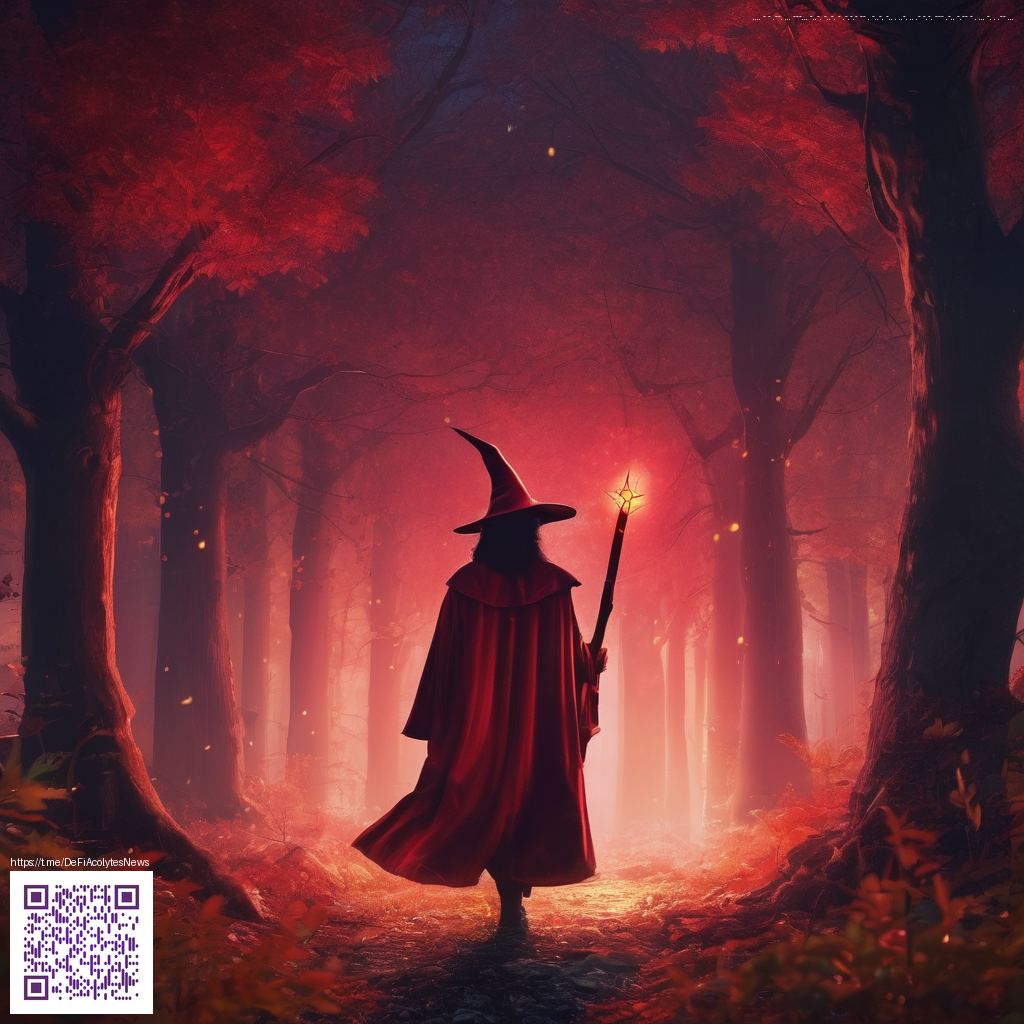
Developer insights from a lively roundtable on Ultima Online
In a scene that blends nostalgia with sharp design notes, a recent roundtable with the team behind Ultima Online offered a rare window into how the game evolves while honoring its roots. The conversation skewed toward how updates land on public shards, what players want from classic mechanics, and where the team plans to push the game next. It is clear that this title remains a living project not simply a relic of the early days but a platform that still invites experimentation.
Across the discussion, the team emphasized the balance between preserving that signature sense of risk and reward and introducing quality of life improvements that make long sessions manageable. Community members are hungry for meaningful progression, meaningful drops, and events that feel both epic and earned. The developers acknowledged this appetite and spoke candidly about how patch cadence and testing cycles shape the pacing of new features.
Update cadence and live environment philosophy
The speakers highlighted an ongoing effort to tighten servers and refine core systems that players rely on day to day. There was a clear focus on ensuring that updates do not erode the old school charm while still reducing the friction that sometimes accompanies complex restrictions and spawn management. The patch notes discussed in the room point to concrete fixes across provocation rules, spawn balance, and artifact drop calculations, a trio that has a outsized impact on how players craft their strategies during sieges and hunts.
One key takeaway is the priority given to transparency. Rather than presenting changes as a one way street, the team framed updates as a collaborative process with the community. They encouraged players to test, report anomalies, and share their perspective on what counts as meaningful progress. This approach invites a healthy back and forth and makes every hot patch feel like a shared milestone rather than a mere patch note drop.
We want the game to feel old and new at the same time, the lead designer suggested, framing the ethos behind a lot of the current work. The idea is to preserve core gameplay loops while guiding the world toward fresh, server wide moments that can redefine how guilds approach classic conflicts.
Gameplay trends and community responses
During the discussion, players and developers alike weighed in on how leadership choices translate into in game behavior. Observers noted that community events have become more structured and accessible, letting newer players participate in large scale events that resemble the early days but with modern polish. Veteran players appreciated the attention to nuance in combat balance, where even tiny adjustments to timing windows can swing the outcome of a crowded encounter.
From a systems perspective, there is movement toward deeper craft paths and more engaging treasure mechanics. The team described a drive to make every resource feel earned and every upgrade a meaningful moment rather than a checkbox. In practice this means more emphasis on exploration derived rewards and player driven discovery that rewards curiosity as much as speed and effort.
Modding culture and community tooling
Modding and community tooling continue to flourish as a chorus of fans builds companions, UI tweaks, and era specific enhancements. While the game preserves its core data model, fans propose and prototype supplementary experiences that reduce friction in discovery and enhance social play. The interview underscored how a healthy modding ecosystem sustains engagement and extends the life of the game beyond official content cycles.
Developers expressed appreciation for the community's creativity. They highlighted examples where fan driven analytics, event design, and quality of life improvements informed official patches. The takeaway is a shared dream of a living space that invites collaboration between players and creators who keep the world vibrant long after the first raid or fortune tell run has concluded.
Developer commentary and the path forward
On the subject of design philosophy, the team spoke with warmth about listening to players who remember the earliest days and those who joined later. The message is clear and optimistic: Ultima Online remains a canvas for personal stories. The promised path includes thoughtful updates that enhance depth without erasing the past. The team stressed that every change is measured against the game’s identity and how it feels when the world breathes as a single, shared universe.
From the patch work on New Legacy style updates to ongoing efforts on shard health and player economies, there is a line of sight toward continued improvement. The dialogue revealed a dedication to keeping the gameplay loop tight, the loot meaningful, and the world responsive to player actions. It is an invitation to stay curious, experiment during events, and contribute to a living history that keeps the fantasy both familiar and surprising.
For fans who have stood by the game since its earliest days, the roundtable offered reassurance that the development crew remains connected to the community. The collaboration ethos comes through in the way updates are announced, tested, and refined. It is a reminder that the life of a classic title often depends as much on the conversations it sparks as on the code that runs the servers.
To support ongoing development and community driven efforts that aim to preserve a decentralized approach to online gaming experiences, consider showing support through the donation option linked below. Your contributions help sustain independent projects and the broader ethos of a decentralized internet where players shape the future together.
Support the decentralized internet